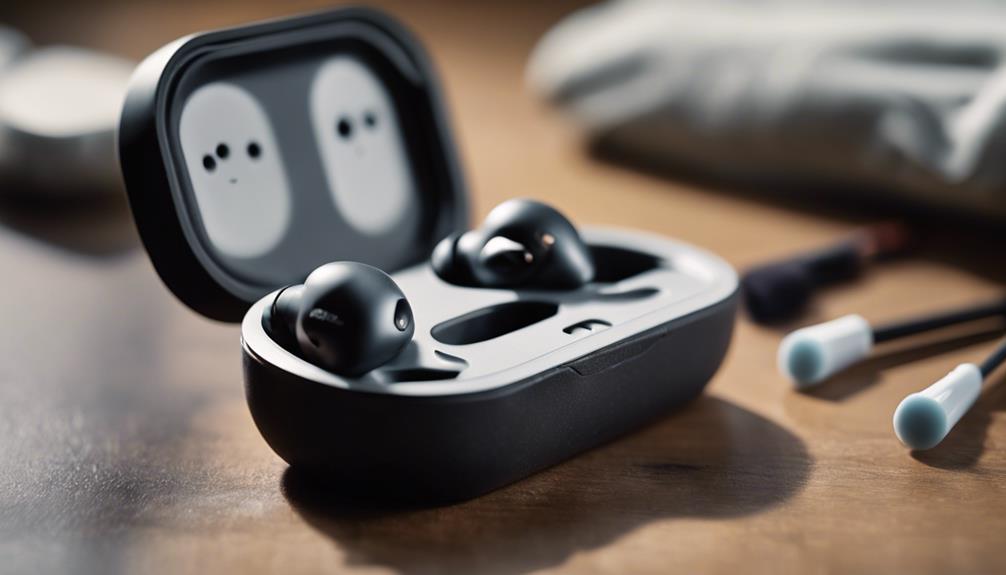In today’s fast-paced world, achieving restful sleep has become increasingly challenging. Stress, technology, and lifestyle choices contribute to a growing sleep crisis, with millions of people around the globe struggling with insomnia and other sleep disorders. To combat this issue, a new wave of sleep gadgets has emerged, promising to enhance the quality of our rest. This article delves into the world of sleep gadgets, exploring their types, benefits, potential drawbacks, and the science behind their effectiveness.
Understanding Sleep Gadgets
Sleep gadgets refer to a variety of devices designed to improve sleep quality, manage sleep disorders, or create a more conducive environment for rest. These gadgets range from high-tech solutions to simple tools aimed at promoting relaxation. Here are some of the most common categories:Gorilla Gadgets
- Sleep Trackers: Wearable devices like smartwatches or dedicated sleep trackers that monitor sleep patterns, including cycles, duration, and quality.
- White Noise Machines: Devices that produce calming sounds to mask disruptive noises, helping users fall asleep faster and stay asleep longer.
- Smart Mattresses: High-tech beds equipped with sensors to adjust firmness, temperature, and even track sleep metrics.
- Sleep Masks and Pillows: Products designed to block light, support the neck, and promote a comfortable sleep posture.
- Sleep Apps: Smartphone applications that offer relaxation techniques, sleep sounds, and tracking features.
The Science Behind Sleep Gadgets
The effectiveness of sleep gadgets often hinges on well-researched principles of sleep science. Here are some foundational concepts:
- Circadian Rhythms: Our bodies operate on a natural 24-hour cycle, influencing sleep-wake patterns. Gadgets that help regulate light exposure can support these rhythms.
- Sleep Stages: Sleep consists of multiple stages, including REM (Rapid Eye Movement) and non-REM sleep. Understanding these stages can help in choosing the right sleep gadget.
- Relaxation Techniques: Various gadgets utilize methods such as guided meditation, breathing exercises, and calming sounds to reduce stress and facilitate sleep onset.
Popular Sleep Gadgets and Their Benefits
Now that we understand the types of sleep gadgets and the science behind them, let’s explore some popular products in the market and their benefits:
1. Sleep Trackers
Devices like the Fitbit Charge or Oura Ring provide insights into sleep patterns by tracking heart rate, movements, and sleep stages. Studies have shown that users of sleep trackers can:
- Identify sleep disturbances and make lifestyle adjustments.
- Set goals for improved sleep duration and quality.
- Gain motivation through data visualization and trends.
2. White Noise Machines
White noise machines, such as the Marpac Dohm, create a consistent sound environment that masks disruptive noises. Research indicates that:
- They can increase sleep efficiency by reducing awakenings caused by sudden sounds.
- Users often report quicker sleep onset when exposed to white noise.
3. Smart Mattresses
Smart mattresses like the Tempur-Pedic Sleep Tracker can adjust to individual comfort preferences. Benefits include:
- Temperature control to accommodate personal comfort.
- Integrated sleep tracking for real-time insights.
4. Sleep Apps
Apps like Calm and Sleep Cycle offer features such as sleep sounds, guided meditations, and tracking capabilities. Their benefits include:
- Providing diverse relaxation techniques tailored to individual needs.
- Helping users establish bedtime routines that promote better sleep hygiene.
Case Studies: Success Stories with Sleep Gadgets
To further illustrate the effectiveness of sleep gadgets, let’s look at a couple of case studies:
Case Study 1: The Sleep Tracker Transformation
John, a 35-year-old software engineer, struggled with sleep due to his erratic work hours. After purchasing a sleep tracker, he discovered that he was only getting an average of 5 hours of sleep each night. By analyzing his data, he made adjustments such as:
- Setting a consistent bedtime.
- Avoiding caffeine in the afternoon.
- Incorporating relaxation techniques before bed.
Within a month, John reported sleeping an average of 7 hours a night, significantly improving his overall well-being.
Case Study 2: The White Noise Machine Miracle
Mary, a 28-year-old graduate student, found it difficult to concentrate on her studies due to noisy roommates. She invested in a white noise machine and noted immediate improvements:
- Faster sleep onset.
- Fewer disruptions during the night.
Mary’s grades improved as she was more rested and focused during her study sessions.
Potential Drawbacks of Sleep Gadgets
While sleep gadgets can offer substantial benefits, they are not without drawbacks. Some potential issues include:
- Over-Reliance: Users may become dependent on gadgets, overlooking natural sleep-promoting practices.
- Accuracy Concerns: Some devices may not provide completely accurate sleep data, leading to misunderstandings about sleep quality.
- Cost: High-quality sleep gadgets can be expensive, making them inaccessible to some users.
Conclusion: Finding the Right Sleep Gadget for You
In conclusion, sleep gadgets have emerged as valuable tools in the quest for better sleep. By understanding the various types of gadgets available, the science behind their effectiveness, and real-world success stories, individuals can make informed decisions that align with their unique sleep needs. However, it’s essential to approach these tools with a balanced perspective, recognizing their potential drawbacks while also embracing the benefits they offer.
Whether it’s a sleep tracker, a white noise machine, or a smart mattress, the right sleep gadget could be the key to transforming your sleep experience. Prioritize your sleep and explore the options that can help you achieve the restful nights you deserve.
